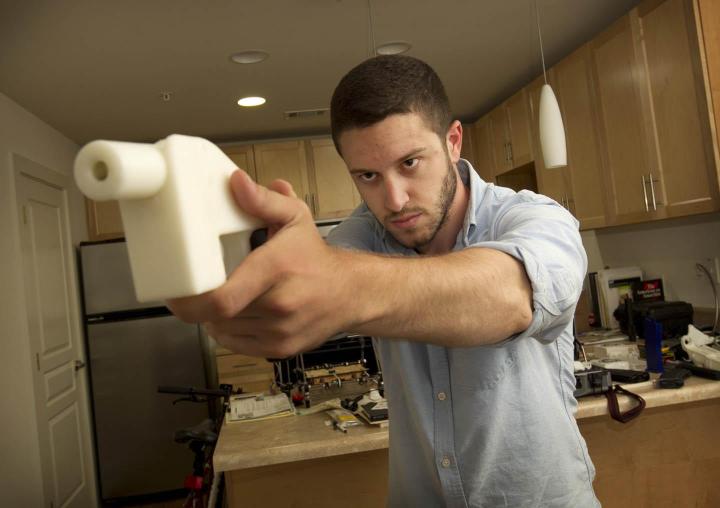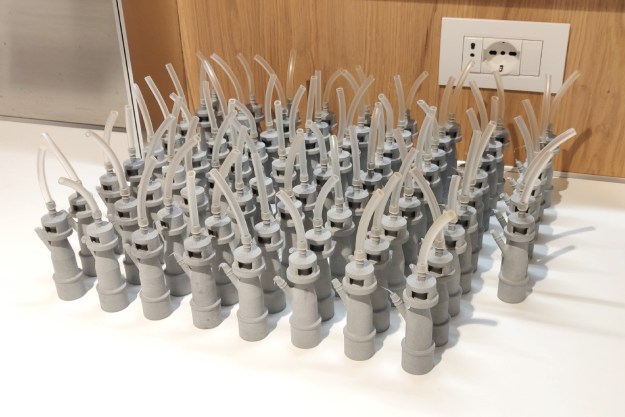
If you think that 3D-printed plastic firearms are dangerous, the U.S. government has something to tell you: You’re right!
At a press event on Wednesday, the Bureau of Alcohol, Tobacco, Firearms and Explosives (ATF) announced that it built its own 3D-printed version of the Liberator handgun, which was designed and tested earlier this year by University of Texas at Austin law student Cody Wilson. ATF used plans for the Liberator that are widely available online for anyone to download. From there, they printed up the firearm, and let ‘er rip.
Based on ATF’s tests, the Liberator is dangerous for two reasons. The first, of course, is that it fires 0.380 caliber ammunition with enough force to do serious damage.
“The bottom line is, the penetration results demonstrated that the Liberator is a lethal weapon,” Earl Griffith, chief of ATF’s firearms technology division, told reporters. “The .380 bullets fired from the Liberator penetrate sufficiently to reach vital organs and perforate the skull.”
Okay, you might be saying to yourself, but it’s a gun – that’s what guns are supposed to do, shoot stuff and cause damage. That’s true. Problem is, the mostly-plastic Liberator likely allows those carrying one to slip past metal detectors without a blip, which could create a dangerous situation at airports, schools, and other public locations. While Wilson designed the firearm to have a chunk of steel inside, to avoid the metal detector problem, nothing’s stopping people from leaving that part out.
The second danger is that, if made with the wrong kind of plastic, the Liberator can literally blow up in your face. ATF tested Liberators made from various 3D printer plastics, and found that, while acrylonitrile butadiene styrene (ABS) material performed well, plastic from the manufacturer VisiJet exploded when the gun was fired.
It wasn’t all scare tactics and warnings at the ATF test site, however. As the Huffington Post reports, ATF also made its own 3D-printed shotgun, and the agency expects fully automatic 3D printed firearms to be possible down the line – and that’s not taking into account the ones made of metal. We imagine the ATF folks had a grand ol’ time churning out their own 3D-printed weapons.
In addition to releasing its cool explosion videos, ATF also wrote up a list of valuable FAQs regarding 3D-printed guns, which explains, for example, that you can create 3D-printed firearms for your own use, but you have to have a license to manufacture firearms if you want to sell your 3D creations. And certain homemade weapons need to be registered with ATF. See the full FAQs below:
[Image via Statesman.com]
Editors' Recommendations
- 3DMakerpro’s Seal is a pocket-sized scanner to make next-gen precision 3D prints
- Need a last-minute Halloween costume? Check out these 3D-printable getups
- The future of making stuff: Inside the evolution of 3D printing with Formlabs
- Father’s Day Gift Idea: These cheap 3D printers are on sale for less than $300
- 3D printing lets hospitals make ventilator substitutes with common equipment


